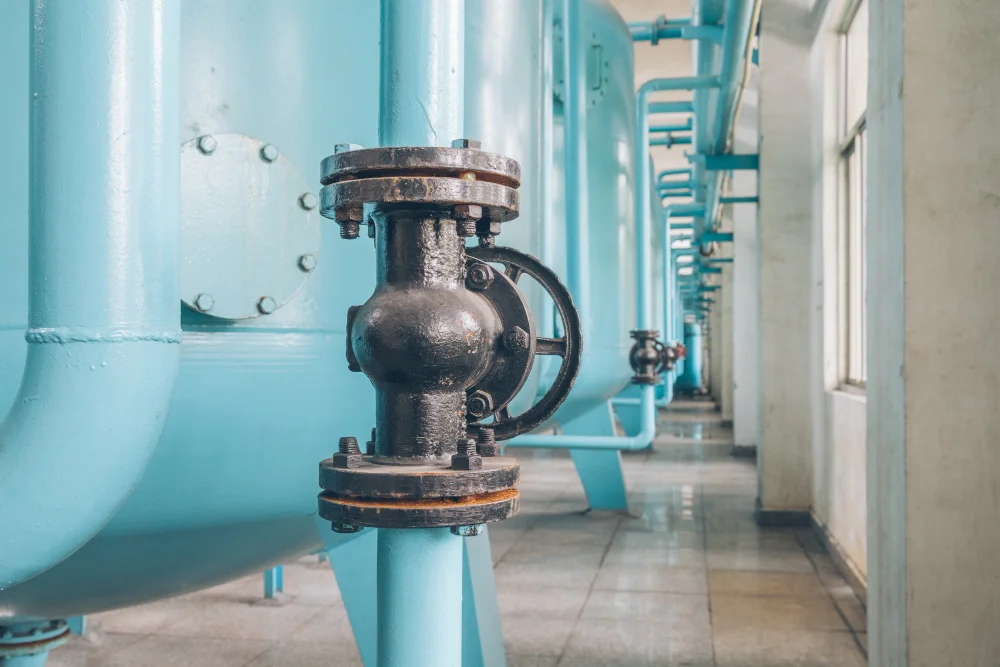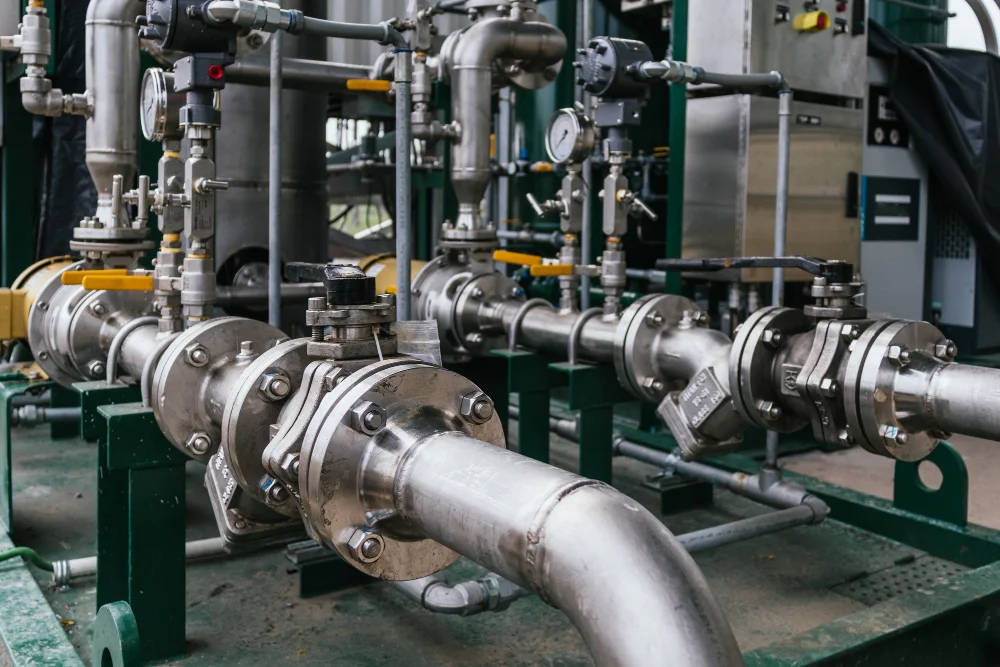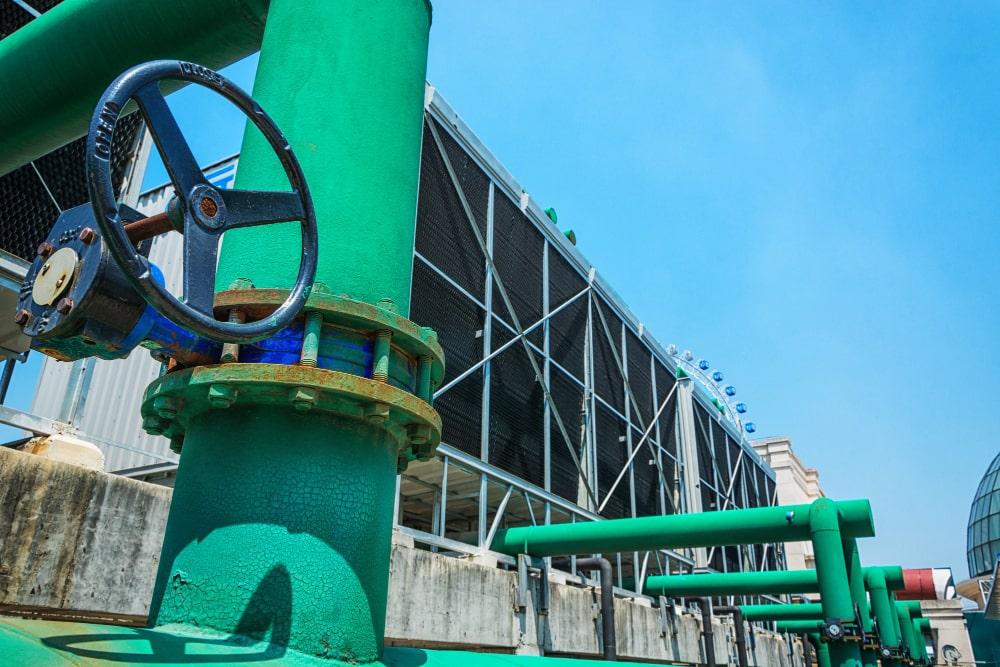Optimizing Operations: A Guide to Interpreting Air Diaphragm Pump Curves
In the realm of industrial operations, efficiency is paramount. Whether it’s in manufacturing, chemical processing, or wastewater treatment, optimizing processes can lead to significant cost savings, increased productivity, and enhanced safety. One crucial component in many industrial setups is the air diaphragm pump. Understanding its performance characteristics is vital for maximizing its efficiency. Before delving into pump curves, it’s essential to grasp the basics of air diaphragm pumps. These pumps are versatile and find application across various industries due to their ability to handle a wide range of fluids. They operate using compressed air, which alternately flexes a diaphragm, creating suction and discharge strokes to move fluid through the pump. Air Operated Double Diaphragm Pumps are often abbreviated to AODD, AOD, or shortened to Diaphragm Pump. What is a Pump Curve? A pump curve is a graphic depiction that highlights a pump's performance capabilities over a range of rated flow and pressure at various operating points. The ability to analyze a pump curve chart is critical for recognizing the complete range of a pump's operating points. Engineers and experts use this expertise when selecting the best pump for a certain application. A diaphragm pump curve will typically indicate the air supply pressure and volume required for the pump to work as intended. All curves are based on water, with flooded suction and open exit, therefore ensure that curve assumptions match desired application. Why Air Diaphragm Pump Performance Curve Matter? Air diaphragm pump performance curves are essential because they provide crucial information about the pump's capabilities and efficiency under different operating conditions. Here's why they matter: Efficiency Optimization: The performance curve illustrates how the pump performs at various flow rates and pressure levels. By analyzing the curve, engineers can determine the most efficient operating point for the pump. This optimization helps minimize energy consumption and operating costs. System Design: Understanding the pump's performance curve is vital for designing fluid systems. Engineers can select pumps that match [...]






Get Social